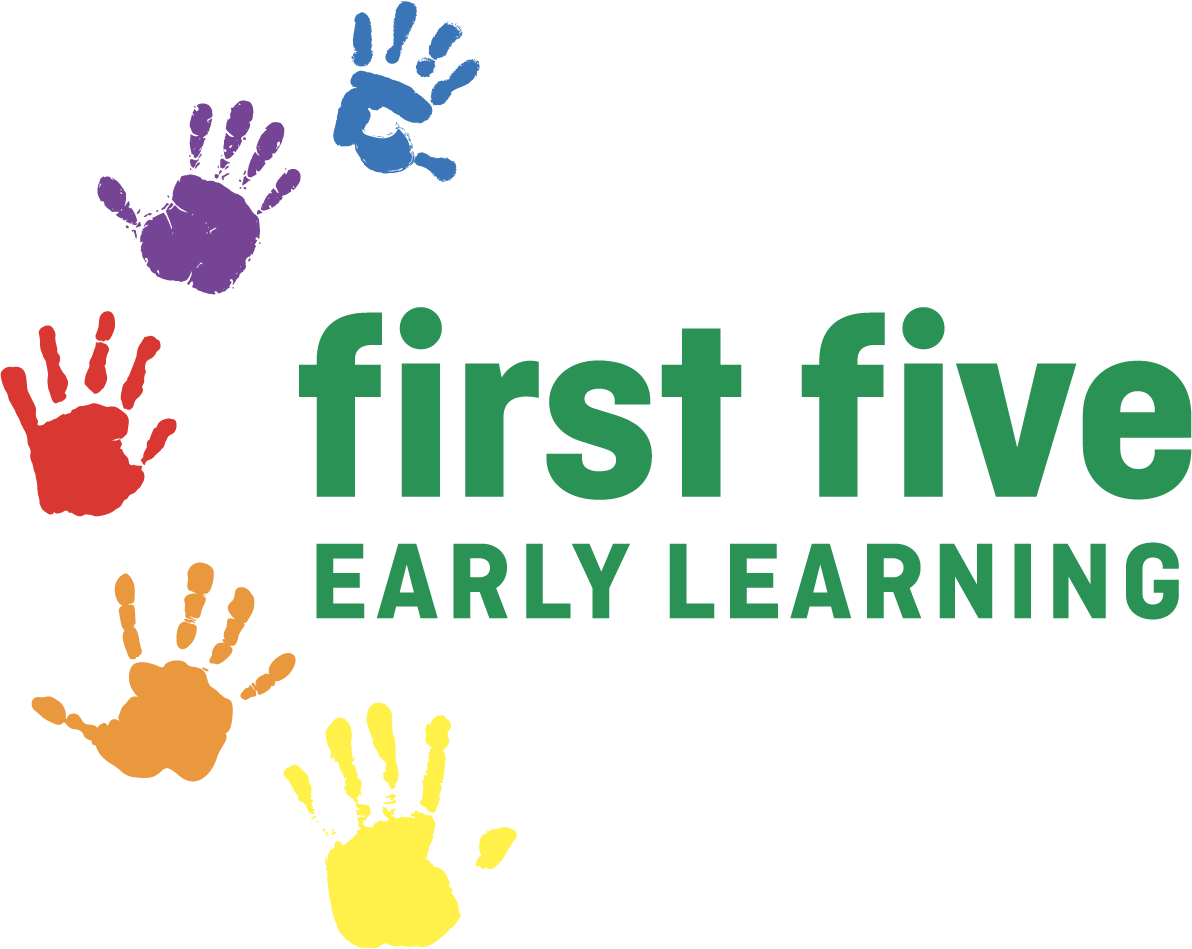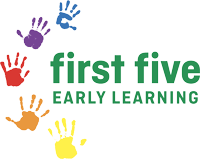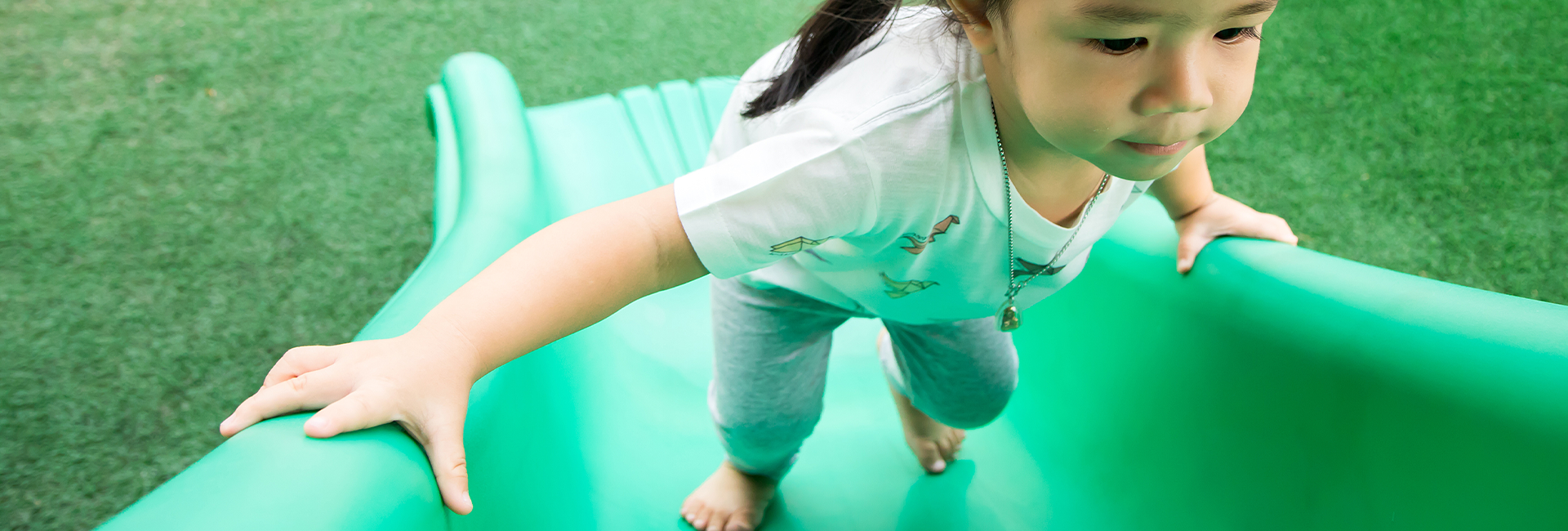In toddler rooms, the learning environment supports active engagement and movement. Toddlers are on the move. They are active and curious, with the emergence of repeated schemas in their play. Repeated schemas are patterns a child enjoys repeating in play, such as transporting objects from one space to another, or connecting objects in a line or circle. A well-designed learning environment for toddlers supports unhurried play, room to move and play schemas.
Understanding schemas in children’s play is the work of Jean Piaget, a child psychologist whose work has informed early childhood education. More recently, Susan Harper shares with us how schemas support young children to consolidate their learning and form connections with others to share their interest. Play schemas are evident in toddlers’ play as they transport objects and materials from one space to another, or place objects in something and take them back out again. The schema of transporting supports learning about shape, size, volume and weight. To support the schema of transporting, you will see buckets, trolleys, prams and baskets in the toddlers’ learning environment, along with open space to transport objects across the environment.
The schema of enveloping is evident as toddlers place blankets or covers over dolls or cover themselves with scarves, crawl or climb into tunnels, baskets or small spaces, or place lids over buckets or baskets. The schema of enveloping supports learning about area, relative size and object permanence. To support the schema of enveloping, you will see scarves, material, a range of baskets and buckets with lids, and spaces to climb into and out of in the toddlers’ learning environment.
When toddlers join things together or place objects in a line or circle, they are exploring the schema of connection. Open-ended and natural materials, clay, Duplo and blocks support children to connect materials together. The schema of rotation is evident as toddlers engage in circle games, enjoy exploring wheels and things that spin, and spinning their own bodies in space. Trajectory is explored when toddlers move objects and materials in space, often in straight lines. Throwing, rolling cars, moving trains along a track, creating a beat or playing with water are all examples of learning through the schema of trajectory. Outdoor play is critical for schemas including rotation and trajectory.
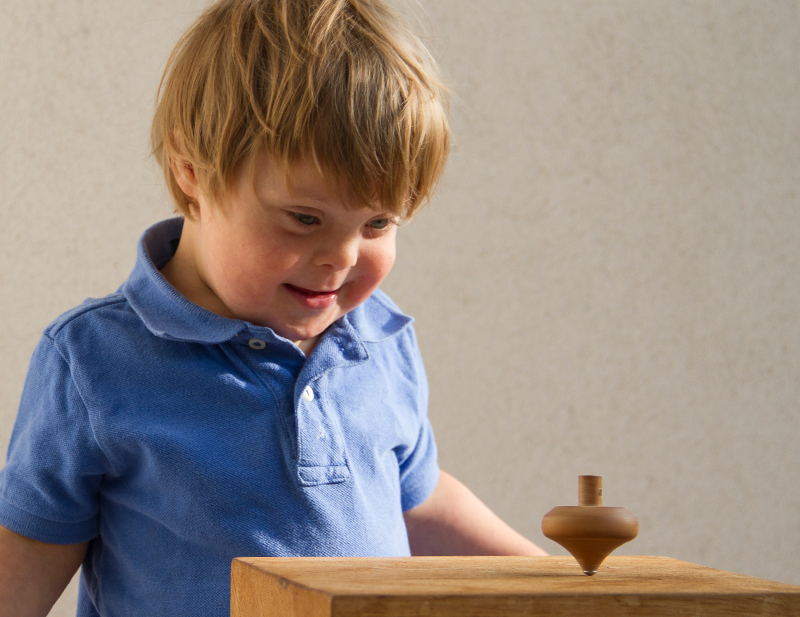
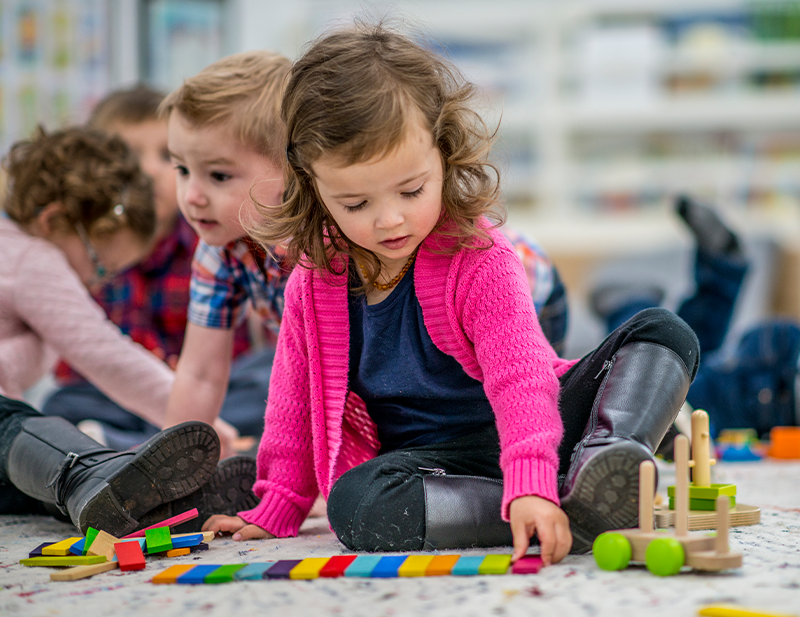
In toddler rooms, the use of minimal large furniture pieces enables children to move easily across the room, to experiences and people of their choosing. Children need room to move, to use materials and to interact with others. Well-defined, yet open areas for play afford toddlers the opportunity to focus on meaningful activity. While play items do travel in the hands of toddlers, clear visible boundaries for learning areas reminds children of where things belong.
Babies and toddlers are highly sensitive to their surroundings. While they notice everything, they cannot necessarily make good use of everything they see. When indoors, open spaces, clear walls and neutral backdrops allow for objects, materials and experiences to stand out and to draw their attention for sustained and meaningful engagement. To support concentration and engagement, spaces are not too stimulating, noisy or crowded.

